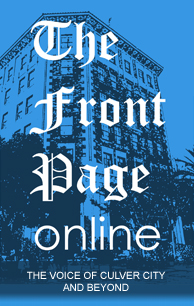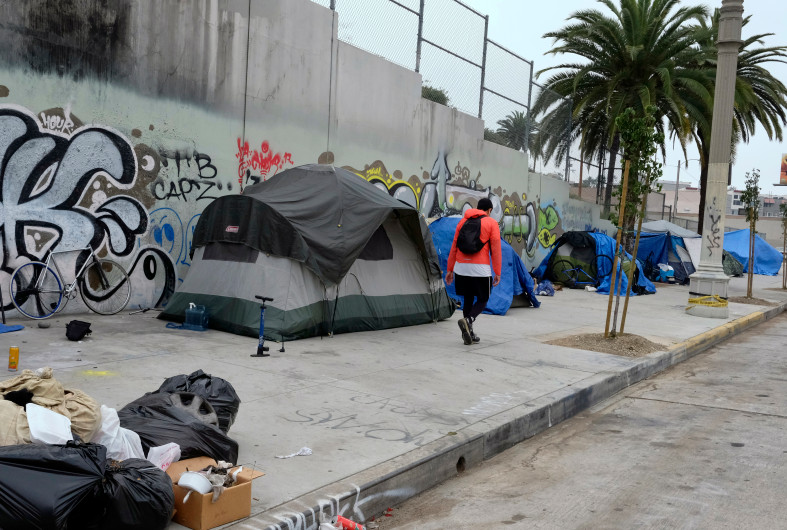Los Angeles County’s sky-high sales tax will rise not once but twice this year.
In recent elections, Angelenos voted two new tax hikes upon themselves — one to fund transportation (Measure M) and the other to fight homelessness (Measure H).
As a result, the county’s 8.75 percent tax rate jumped to 9.25 percent on July 1. It’ll rise even further — to 9.5 percent — on Oct. 1.
Of course, some cities in Los Angeles County have even higher tax rates. Seven of them — Compton, La Mirada, Long Beach, Lynwood, Pico Rivera, Santa Monica and South Gate — have rates of 10.25 percent that are among the highest in California, if not the entire nation.
Here’s where it gets interesting: Rather than increase their tax rates another quarter cent on Oct. 1 like the rest of the County, those seven normally tax-loving cities will get a free pass — at least for now — in funding the fight against homelessness.
The seven cities will, of course, benefit from the estimated $355 million in annual tax payments the measure will raise but they will do so only by the courtesy of taxpayers in other cities. It’s a subsidy, plain and simple.
Why was Measure H drafted this way?
It appears to have been a rather clumsy attempt to dodge a state law capping local sales taxes. The law requires localities to limit voter-approved “district” sales taxes to 2 percent (on top of the state rate of 7.25 percent) unless they obtain specific legislative authorization.
Los Angeles County has received legislative approval twice in the past to increase this limit for transportation-related taxes. For some unknown reason, Measure H proponents didn’t want to bother with this step.
But the poor planning came back to bite them. Proponents claimed the new tax would take effect July 1, at the same time as Measure M. That would have been a lot simpler for everyone, including business owners who must now go through the trouble of reprogramming their registers twice to adapt to the rate increases.
Is This Legal?
Since the Measure H language was both unprecedented and legally questionable, the Board of Equalization rightly refused to collect the tax until the Legislature specifically voted to authorize it.
These delays have pushed back the start date of Measure H, resulting in lost funding for the fight against homelessness, and more confusion and headaches for taxpayers.
Even more troubling is the dangerous precedent this sets statewide. Will other local governments soon craft tax proposals that exempt politically-favored constituencies?
We believe the cap on local sales taxes exists to protect taxpayers and should be respected. Not every good cause merits a tax increase.
Governments are hungry for more taxpayer revenue, and seem increasingly impatient to add more and more taxes. They are also becoming more creative at disguising their efforts, and using public dollars to pay for them.
The Fair Political Practices Commission, for example, is conducting an investigation into whether the county of Los Angeles illegally spent taxpayer dollars for political advocacy in its campaign for Measure H.
Before asking voters to approve more and more taxes, shouldn’t local governments identify and eliminate ineffective taxes that haven’t accomplished their promised goals?
If taxpayers are concerned about how local governments spend their money, then that question is certainly worth asking. If not, how else do we ensure taxpayers receive value for the dollars they are already paying?
Mr. Runner is vice chair of the state Board of Equalization. Mr. Coupal is president of the Howard Jarvis Taxpayers Assn. This essay originated in the Press-Enterprise of Riverside.

